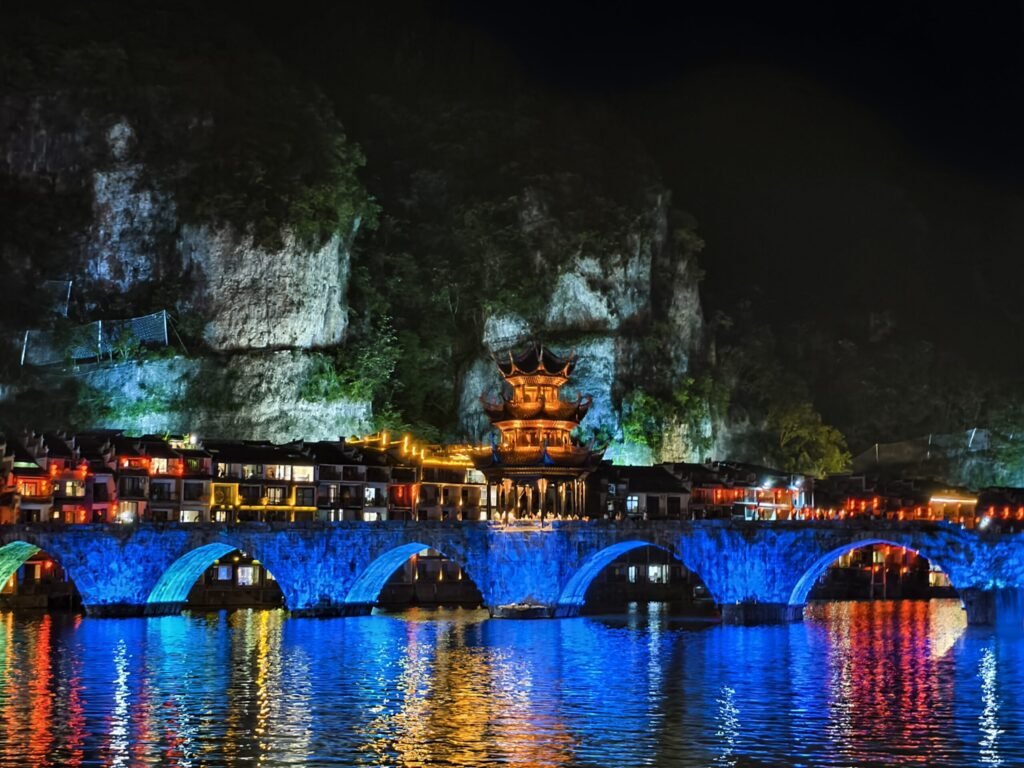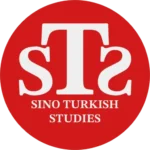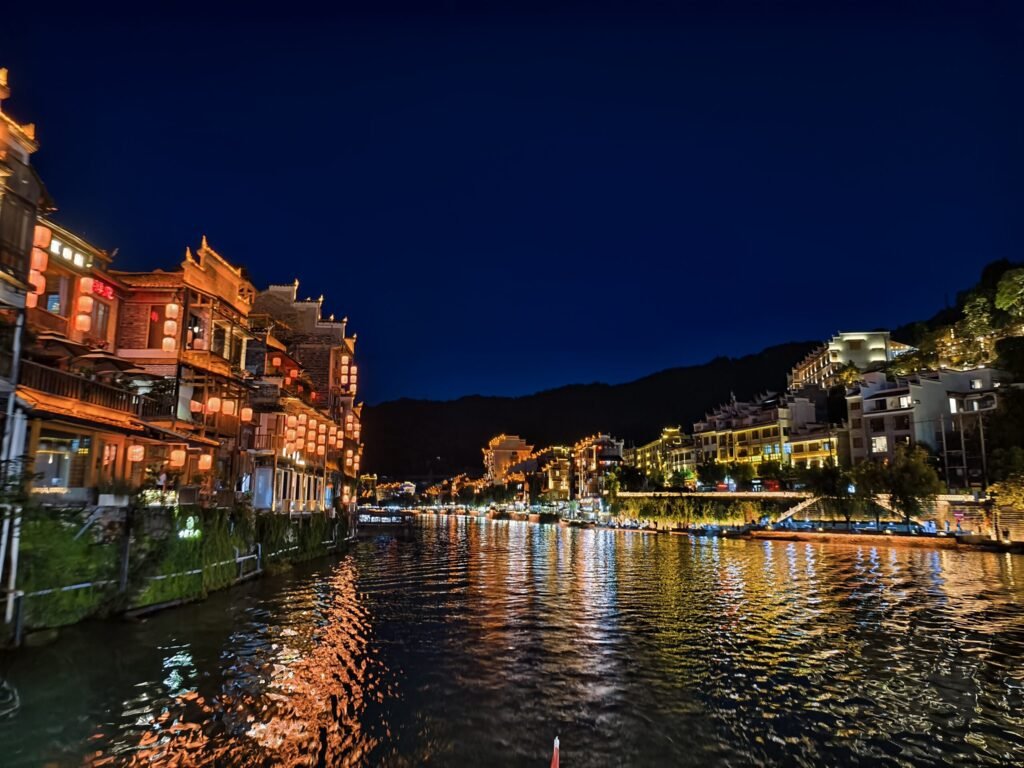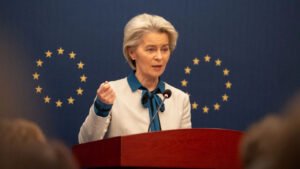Located in the eastern part of Guizhou, the ancient town of Zhenyuan stands out as a unique example within China’s historical urban fabric. With a history spanning over two thousand years, it was designated a “Famous Historical and Cultural Town” by the State Council of China in 1986. Despite covering only 3.1 square kilometers, Zhenyuan hosts 78 registered cultural heritage sites, effectively making it an open-air museum. The town is notable not only for its natural landscape but also for its historical urban planning; divided by the S-shaped Wuyang River (㵲阳河), the northern section constitutes fu cheng (府城), the administrative center, while the southern section forms wei cheng (卫城), a former military zone. This structure has led to the town being likened to the symbol of Taiji (balance), symbolizing the harmony between civil and military functions.
The historical fabric of Zhenyuan has not only been preserved but also systematically enhanced under the direction of local authorities. In order to ensure the sustainability of its cultural heritage, officials have implemented various policies, including the restoration of historic neighborhoods, the regulation of ancient structures, and the formulation of architectural guidelines for new developments. A notable example is the Qinglong Cave Architectural Complex, which serves as a model for architectural heritage conservation. In addition, buildings associated with the revolutionary period have been restored and repurposed as educational and exhibition spaces under the framework of “Red Culture.” These sites now function as platforms for student study tours, contributing to the preservation of political memory.
Tourism planning in Zhenyuan is shaped through the cooperation of central and local governments. According to officials from the Qiandongnan Prefecture Bureau of Culture and Tourism, the development of the tourism sector in Zhenyuan is structured around three core pillars: resource utilization, integrated local governance, and the promotion of public-private collaboration. Within this framework, natural areas—particularly the surroundings of the Wuyang River—are being developed into integrated tourism destinations. Additionally, local festivals and cultural activities rooted in folk traditions are being organized to diversify the town’s tourism offerings.
The central role assumed by public authorities in planning is critical for policy coherence and the efficient allocation of resources. Local government plays an active role in updating tourism plans, accelerating infrastructure investment, implementing environmental protection initiatives, and improving the transportation system. Moreover, under the “smart tourism” initiative, digital information platforms have been developed to assist visitors with navigation, site information, ticketing, and language support.

At the same time, the inclusion of the private sector has been recognized as a key driver of market dynamism in Zhenyuan. Local enterprises, such as Zhenyuan Jiuzhou Cultural Tourism Investment, have invested 1.9 billion yuan in reimagining the nighttime tourism infrastructure of the ancient town. These investments have introduced audio-visual immersive performances, thereby extending tourism activity beyond daylight hours and expanding the town’s economic cycle. Concurrently, ticket exemption policies targeting children, specific occupational groups, and residents from particular regions have been implemented in line with goals of social inclusiveness in tourism.
Zhenyuan can be regarded as a tangible example of a comprehensive development model in which cultural values are transformed into economic potential. The combined preservation of traditional sites with the application of contemporary tourism practices has allowed the town to function not only as a heritage zone but also as an active cultural-economic region. This model serves as a significant reference point for understanding how cultural development policies are shaped in rural and semi-urban regions across China.





